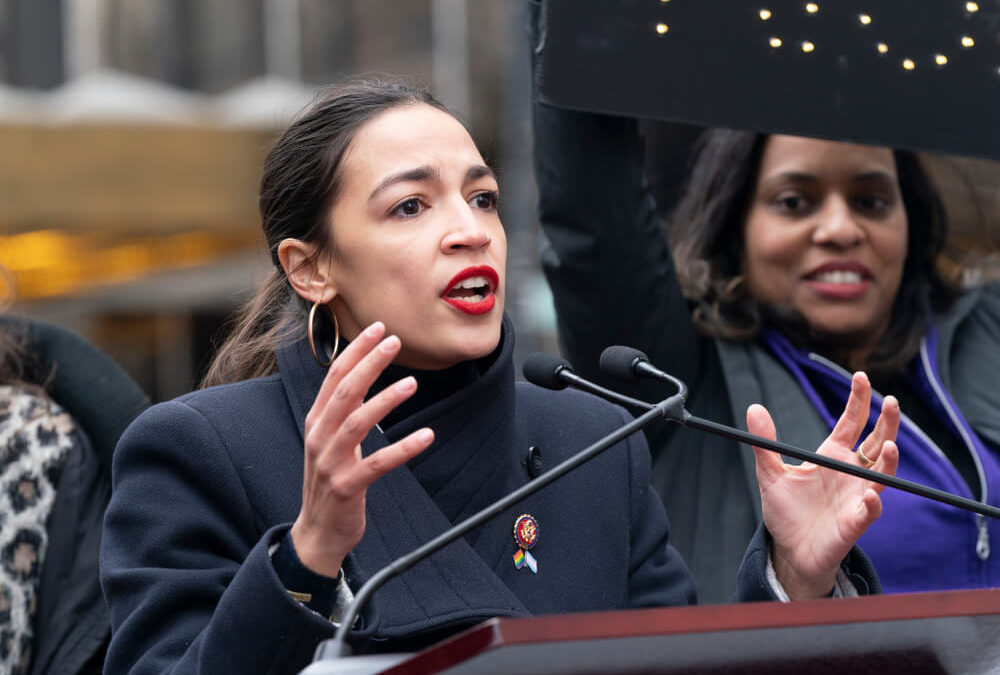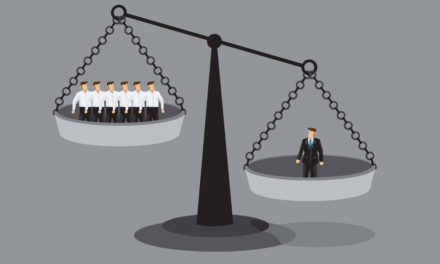The rise in popularity of Rep. Alexandria Ocasio-Cortez also has lent rise to her favorite economic theory: Modern Monetary Theory, or MMT.
STRATEGIST: “The US is the worst place for a large scale MMT experiment. (MMT’s) failure to consider its international dimension is its greatest weakness.”
It’s become so prevalent, even the likes of Fed Chair Jerome Powell and Blackrock CEO Larry Fink have offered their opinions, with Powell calling it “wrong,” and Fink calling it “garbage.”
In the simplest terms, MMT says that a government can basically blow as much money as it wants to boost its economy as long as that government borrows in its own currency because it can always just print more money. This allows the government plenty of room for free spending without forcing it to raise taxes. It also means it would be impossible for that government to default on its debts.
Per Business Insider:
It’s been a divisive topic to say the least. And based on new research from Vincent Deluard, a macro strategist at INTL FCStone, it may be the wrong place and wrong time for the US to consider implementing such a measure.
At the core of Deluard’s argument is the idea that domestic conditions in the US right now make MMT a bad fit — potentially creating a disastrous situation on a global basis. And that all stems from the US dollar’s position as the world’s foremost reserve currency.
According to Deluard, the massive amount the US government makes by issuing currency puts it in an entirely unique position. It’s allowed Americans the luxury of being able to import close to four times their annual income over the past 27 years without truly having to pay for it.
That all traces back to the perception that the US dollar will always be an anchor of value. If that idea vanishes, Deluard warns that the positive effects of MMT would be more than offset by decreased income as the dollar gradually loses its reserve status.
In fact, Deluard says the US’s reserve-currency status has already taken a hit recently, as foreign holders have already sold $1 trillion in Treasurys over the past four years.
“Unfortunately, MMT ideas became popular at the wrong place, and at the wrong time,” Deluard said. “If the domestic conditions for MMT in the US are unfavorable, the international consequences of such a move would be absolutely horrifying.”
So to summarize: Deluard thinks the “free money” the US collects from its role as a reserve currency provider would be eroded by MMT. And that would ultimately hurt both the US and its international counterparts.
“The US is the worst place for a large scale MMT experiment,” he said. “(MMT’s) failure to consider its international dimension is its greatest weakness.”
Other considerations
With all of that established, Deluard wants you to know that he’s not a staunch opponent of MMT by any means. He just isn’t a fan of its implementation in the US right now.
Deluard is quick to note that worldwide quantitative easing throughout much of the 2010s was proof that MMT can work when deployed correctly. He argues that the entire process was actually MMT in practice.
Consider this: Even though more than $10 trillion in debt has been monetized around the world since 2008, the wheels haven’t fallen off. Not even close.
“No government has defaulted because of excessive deficits, no central bank has lost credibility, no major fiat currency has fallen to zero, and serious inflation is yet to be seen,” Deluard said. “The great QE experiment of the 2010s is perhaps the single best argument in favor of MMT.”
In terms of where MMT might best work right now, Deluard points to Europe. He says that the region — unlike the US — has plentiful reserves of labor and capital. And, as a result, he thinks MMT-driven fiscal spending would have a limited effect on the private sector.
Except there’s one major hurdle. Or rather, 19 hurdles — one for every country in the eurozone.
“Unfortunately, Europe is also the continent where the political and institutional architecture make MMT-inspired policies almost impossible,” Deluard said.




